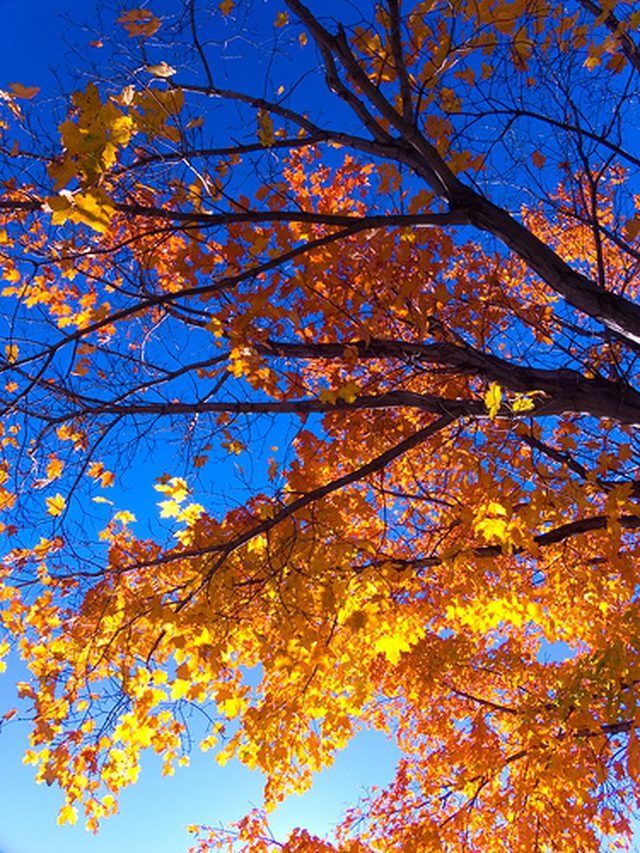Bulbs
Flower Basics
Flower Beds & Specialty Gardens
Flower Garden
Garden Furniture
Garden Gnomes
Garden Seeds
Garden Sheds
Garden Statues
Garden Tools & Supplies
Gardening Basics
Green & Organic
Groundcovers & Vines
Growing Annuals
Growing Basil
Growing Beans
Growing Berries
Growing Blueberries
Growing Cactus
Growing Corn
Growing Cotton
Growing Edibles
Growing Flowers
Growing Garlic
Growing Grapes
Growing Grass
Growing Herbs
Growing Jasmine
Growing Mint
Growing Mushrooms
Orchids
Growing Peanuts
Growing Perennials
Growing Plants
Growing Rosemary
Growing Roses
Growing Strawberries
Growing Sunflowers
Growing Thyme
Growing Tomatoes
Growing Tulips
Growing Vegetables
Herb Basics
Herb Garden
Indoor Growing
Landscaping Basics
Landscaping Patios
Landscaping Plants
Landscaping Shrubs
Landscaping Trees
Landscaping Walks & Pathways
Lawn Basics
Lawn Maintenance
Lawn Mowers
Lawn Ornaments
Lawn Planting
Lawn Tools
Outdoor Growing
Overall Landscape Planning
Pests, Weeds & Problems
Plant Basics
Rock Garden
Rose Garden
Shrubs
Soil
Specialty Gardens
Trees
Vegetable Garden
Yard Maintenance
What Does a Tulip Tree Look Like?
What Does a Tulip Tree Look Like?. Tulip tree, Liriodendron tulipifera, is a tall deciduous tree that naturally is found in the woodlands of the southeastern United States. The four-lobed leaves are its distinguishing feature as are the tulip-like orange and pale, yellowish-green flowers that appear in late spring.

Tulip tree, Liriodendron tulipifera, is a tall deciduous tree that naturally is found in the woodlands of the southeastern United States. The four-lobed leaves are its distinguishing feature as are the tulip-like orange and pale, yellowish-green flowers that appear in late spring.
Form and Size
The Tulip tree is a large tree with a massive trunk. At maturity it can grow 70 to 100 feet tall with an irregular but architecturally interesting branch structure. Overall the trees are shaped like a rounded pyramid when young and attain an upright, oval shape in the leaf canopy when older.
Foliage
Bright green in color, the leaves of a tulip tree are arranged alternately on the stems and branches. Each leaf blade is 5 to 8 inches long and wide and has four pointed lobes. The leaf has a tulip-like shape in some people's view. In autumn the leaves turn shades of yellow and gold. The foliage is absent in winter.
Flower
In late spring, branch tips can display small, 2 to 3 inch flowers that resemble tulips. The petals are yellow-green with the flower center orange.
Fruit
The flowers become large, tear-drop shaped fruits at the ends of branches that are yellow-green in color. As the fruits ripen in early autumn, they split open to release seeds. The fruits dry to brown in color and persist on the tree branches after the foliage drops away in autumn.
Bark
The tulip tree's bark on its large trunk is colored light grayish brown. It is corky and is in vertical to slightly wavering vertical furrows. In the bottom of the furrows the bark has an even lighter gray tone.